Year-End Compliance Deadlines for Employee Benefit Plans
November 10, 2025
As year-end 2025 approaches, single-employer defined benefit (DB) and defined contribution (DC) retirement plan sponsors must prepare for several important compliance deadlines and regulatory changes. Some of the key deadlines are:
- Discretionary plan amendments made in 2025 must be formally adopted by December 31, 2025. Don’t forget to review prior years’ amendments for timely execution.
- SECURE Act, SECURE 2.0, and CARES Act amendments are generally due December 31, 2026, but 457(b) plans (non-governmental tax-exempt entities) must comply by December 31, 2025.
- if a plan is terminating and the plan termination date precedes these deadlines, any required amendments must be adopted by the time of the plan termination.
- Check the IRS Required Amendments List (RAL) – any 2023 RAL items must be adopted by the end of 2025.
If any amendment deadlines are missed, plan sponsors should correct errors promptly—preferably through the IRS’s Employee Plans Compliance Resolution System (EPCRS) to avoid penalties. The Voluntary Correction Program (VCP) filing fees can be substantially less than the monetary sanctions that may be assessed if the IRS audits the plan and discovers a late amendment or a failure to adopt an amendment.
In addition, DC plans need to prepare for new SECURE 2.0 rules requiring Roth catch-up contributions for higher-income participants starting in 2026:
- Higher-income DC plan participants (age 50+ above the $145,000 wage threshold) must make catch-up contributions on a Roth after-tax basis.
- Sponsors should coordinate with payroll/service providers now to ensure they are ready to comply with this starting in January 2026.
A few additional key items to be aware of:
- Annual notices, benefit statements, and funding certifications must be distributed between October and December 2025—penalties apply for missed deadlines.
- Other key actions: process required minimum distributions, correct failed nondiscrimination tests, and elect safe harbor status if needed before year end.
By tracking these deadlines and regulatory requirements now, retirement plans can avoid costly compliance missteps and ensure participants remain protected and informed.
For additional guidance, please reach out to us. Larson and Company has developed a suite of services specifically to serve the needs of employee benefit plans.



.png)



